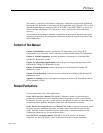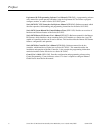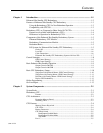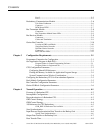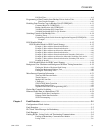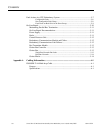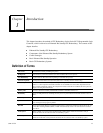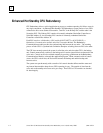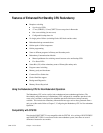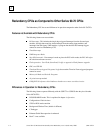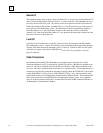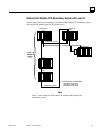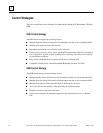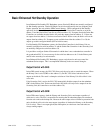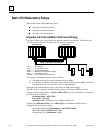
GFK-1527A Chapter 1 Introduction 1-3
1
Features of Enhanced Hot Standby CPU Redundancy
Bumpless switching
Synchronized CPUs
4.7 ms (CGR935), 5.9 ms (CGR772) base sweep time in Run mode
One scan switching (in most cases)
Configurable backup data size
No single point of failure (excluding Genius I/O blocks and bus stubs)
Redundant backup communications
Online repair of failed component
Online programming
Same or different programs in Primary and Secondary units
Redundancy Communications Module
Manual pushbutton for switching control between active and backup CPUs
Five Status LEDs
Status Bits (%S) reflect redundancy status of Primary/Secondary units
Program control switching
Memory parity and checksums
Common I/O on Genius bus
Genius Dual Bus support
Background Diagnostics
Memory Protect Keyswitch
Using the Redundancy CPU for Non-Redundant Operation
The Redundancy CPU can be used for both redundant and non-redundant applications. The
functionality and performance of a Redundancy CPU configured for standalone operation is the
same as for a unit that is configured for redundant operation which has no backup currently
available. This includes the redundancy informational messages such as those generated when a
unit goes to Run mode. Refer to Chapter 3, "Configuring the Redundancy CPU for Non-redundant
Operation."
Compatibility with CPU780
Note that the IC697CGR772 is not compatible with the CPU780. Also, mixing of IC697CGR935
and IC697CGR772 CPUs is not allowed in the same redundant system, since there are several
differences between the two models.



